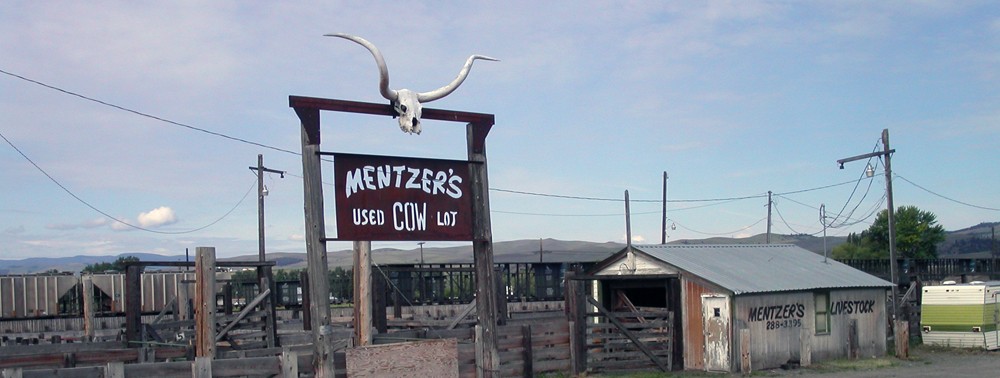https://youtu.be/aKNlz71yqjI
Premiered March 11, 2014, Atlanta, Ga. Revised cut screened in Washington, D.C., February 18, 2016.
© 2014-2016 D.S. Rotenstein

https://youtu.be/aKNlz71yqjI
Premiered March 11, 2014, Atlanta, Ga. Revised cut screened in Washington, D.C., February 18, 2016.
© 2014-2016 D.S. Rotenstein
I have worked in and around historic preservation for more than 30 years and I don’t how many times I have tried to explain why historic preservation is relevant to life today. The examples I cited in the past always came from work done by others. And then I encountered Decatur, Ga.
As Decatur systematically erases its black history from the urban landscape and the city continues to hemorrhage African American residents, the linkages between how the city’s white privilege renders past and present residents invisible become more evident. One former black resident agrees that Decatur’s treatment of African Americans and their history is tantamount to ethnic cleansing.
Read “A lesson in racial profiling and historical relevance” on the National Council on Public History’s History@Work site. The day the article appeared, the Decatur-Avondale Estates Patch site asked to reprint it. As a historian who practices public history, this underscores how the NCPH defines the field: “public history describes the many and diverse ways in which history is put to work in the world.”
An isolated historical marker outside the former African American school describes Decatur’s Beacon Community. Photo by author, February 2012.
Beacon demolition, April 2014. The orange construction barrels are parallel to the point where the historical marker shown in the first photo was located.
© 2014 D.S. Rotenstein
 Last week I had a conversation on gentrification with a couple of historians who teach in Atlanta area universities. At one point the conversation turned to a residential development project in Atlanta’s historic Druid Hills area.
Last week I had a conversation on gentrification with a couple of historians who teach in Atlanta area universities. At one point the conversation turned to a residential development project in Atlanta’s historic Druid Hills area.
For the past several years, an Atlanta attorney and property owner has challenged the DeKalb Historic Preservation Commission’s jurisdiction over the subdivision of undeveloped properties in historic districts. The property owner was unable to find relief in the state’s courts so he turned to the Georgia legislature in several consecutive years in an attempt to amend state’s historic preservation and zoning laws. Continue reading
Decatur, Ga., blogger Dan Whisenhunt has been covering the impending demolition of a former African American church by a developer who proposes to build 20 townhomes on the site. Built in 1965 by Decatur’s oldest African American congregation after it was displaced by urban renewal, the building housed the former Antioch AME Church until 1995.
The church was not included in Decatur’s 2009 citywide historic resources survey despite widespread knowledge of its transcendental historical significance among the city’s longtime African American residents. Whisenhunt has been reporting on residents in nearby homes – many of them built during and after the 1960s urban renewal project – concerned over the new density coming to the parcel as well as the developer’s plans to cut down an old tree on the property to comply with City stormwater detention requirements.
Continue readingSome slides from the paper, “From Urban Homesteading to Mazeway Disintegration: Gentrification in Decatur.”

Diversity, displacement, and gentrification were hot topics in Decatur’s newly rebranded Oakhurst neighborhood a generation ago. Then they weren’t.

An urban homesteading property featured in an Atlanta newspaper shortly after rehabilitation (upper left) and the same home in 2012 (lower right).

Oakhurst teardown, February 2014. It is a tangible metaphor for the mazeway disintegration that is underway among residents caught in a cycle of serial forced displacement.
© 2014 D.S. Rotenstein